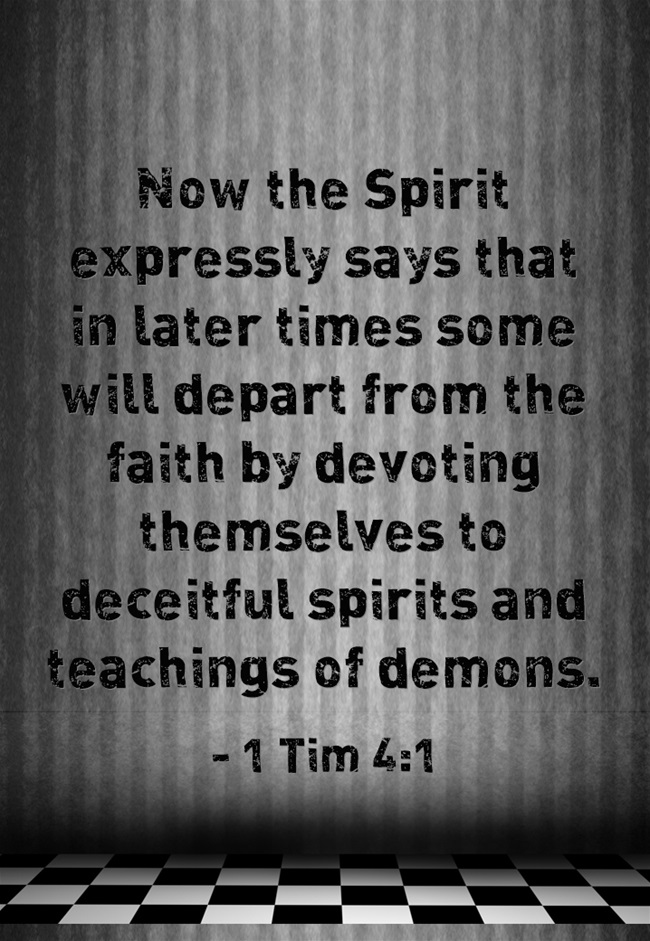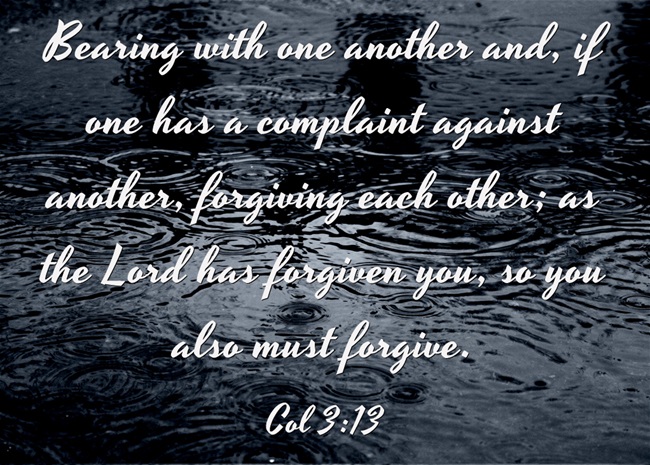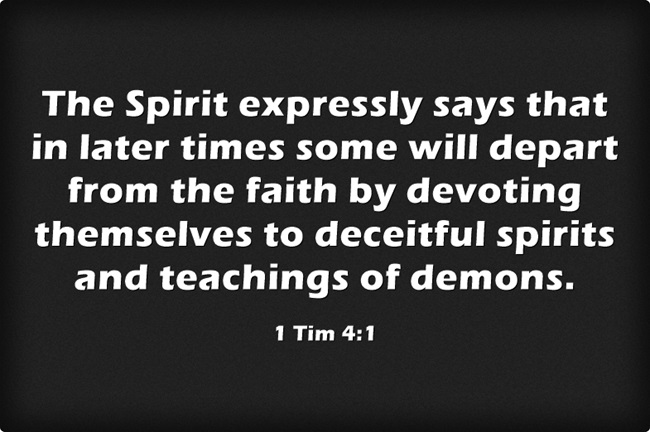Mercy for Widows
The time of the judges is a bad time for Israel. Priests and Levites are unfaithful, the people turn to idols, and the judges cannot keep Israel from lapsing back into sin. Because of her sins, the garden of Israel has become a place of death, strife, and slavery.
But the story of Ruth shows us that the Lord will restore all that Israel lacks. Naomi is a picture of Israel, and the Lord’s mercy to Naomi is a promise of mercy to His people. Israel is God’s bride, but Israel has not been paying attention to her Husband. She has been looking for other husbands. So the Lord has left Israel a widow.
When Ruth begins, Naomi’s family has suffered one shock after another. Elimelech leaves the land because of a famine, but he and his sons die while in Moab, and Naomi is left without husband or sons. Her only help comes from two Gentile women who, like Naomi, are helpless widows. Every one of these “lacks” food, husbands, sons — is reversed by the end of the story. The message of Ruth is a message of hope for widowed Israel.
[1]
The story begins with famine. It is a famine in Bethlehem, which means “house of bread.” But soon God visits His people to provide bread (1:6), and Boaz, the redeemer, later gives abundant food to Ruth and Naomi (2:17; 3:17). The first chapter is an exodus story: Elimelech and Naomi leave the land and Naomi returns with Ruth.
It is a strange exodus. Instead of prospering when they are out of the land, as Jacob did in Haran and as Israel did in Egypt, Elimelech and his sons die, leaving Naomi with no seed. Jacob flees from Esau with only a staff, and comes back with two companies; he goes out empty and comes back full. Naomi goes out full and comes back empty (1:21).
At the end of chapter 1, there has been no real exodus, no redemption. Boaz is the one who saves Naomi by recovering her land. At the end of the book, the exodus is complete, as Ruth and Naomi find rest in the land.
[2]
The story begins with the deaths of Elimelech and his two sons. Moab, to the East of the garden-land, is a place of death. Naomi is literally past childbearing years; Ruth is not barren, but she has no husband.
At the end of the book, the seed is born. Obed is described as Naomi’s redeemer (4:14), and so barren and aged Naomi is made a mother of children. All this reminds us of the stories in Genesis where the wives of the patriarchs are barren. As in Genesis, God provides the seed in a miraculous way. God sends the “redeemer,” the seed who will eventually produce the Seed who will crush the serpent’s head. There is a move from death to life at the center of Ruth and this is a promise that barren Israel will come alive and bear a son.
Ruth is a well-written book, and the writer uses words skillfully to make his point. Some important words are used only twice, but are used at key moments in the story.
[3] The word “lads,” for example, is used in 1:5, where Naomi loses her two “lads.” The other use of the word comes in 4:16, where Naomi takes the “lad” and becomes his guardian or nurse. Naomi’s lost “lads” are now restored in the “lad” Obed.
The word “empty” is also used twice. Naomi complains against the Lord that she has been emptied (1:21). She is an empty vessel in every sense: She will no longer bear children, and she has lost her husband, sons, and land. After his midnight meeting with Ruth, Boaz measures out barley, telling Ruth that she ought not return to Naomi with “empty” hands (3:17). Naomi complains of her emptiness, but Boaz makes sure that she gets filled.
The word “wings” occurs twice also. Boaz prays that the Lord will reward Ruth, who has come under the wings of Yahweh (2:12). This means that Ruth has come under the protection of the Lord’s covenant and become a sojourner in the Lord’s land among the Lord’s people.
When Ruth visits Boaz at night, she asks him to spread his wing over her (3:19), a sign that he intends to marry her. Married men and women are covered with a single garment because they are one flesh, so spreading a “wing” of a garment over a woman is a sign of marriage. Ruth places her trust in Yahweh, and is protected by His “wings.” And the Lord provides Boaz to spread his “wing” over Ruth.
All these changes in the fortunes of Naomi and Ruth are from the Lord, and show the Lord’s
hesed. This Hebrew word is translated as “lovingkindness, “mercy,” or “kindness,” and has the basic sense of loyalty to covenant. God displays His
hesed in fulfilling the promises He has made to His people.
But the way He fulfills His promises is often startling and surprising. The book of Ruth shows the surprising
hesed of God by emphasizing things that happen by “chance.” Ruth “chances” to go to the field of Boaz, and Naomi sees that this “chance” shows that the Lord has not withdrawn His
hesed from living and dead (2:20). The Lord’s
hesed is seen especially in hopeless situations. Embittered widows, barren women, sojourners in the land — these are the special objects of God’s care.
The Lord displays His
hesed, His kindness and loyalty to His promises, through the
hesedof Boaz. Boaz shows mercy by doing what is required of a “near relative,” the “kinsman-redeemer.” Near relatives redeem land and slaves, and take care of a brother’s widow. Boaz fulfills all these obligations.
Boaz goes beyond the strict letter of the law. He not only lets Ruth glean in his field, but gives special instructions to his men not to bother her. He tells them to leave some extra grain behind for Ruth. He invites her to sit with him and share his meal (Ruth 2:14-16). Later, he gives Ruth an abundance of grain for to take back to Naomi. His kindness, like the kindness of his Lord, overflows.
Another change occurs in the book of Ruth: The story begins in the time of the judges, a time when there is “no king in Israel.” It ends with a genealogy of David, and the beginning of the time of the kings.
This too shows the Lord’s
hesed. Though Israel serves idols, Yahweh does not abandon her. He is at work to fulfill His promises by giving food, land, and freedom to Israel. And His promises move ahead into a new phase of Israel’s history. He is preparing to raise up a king to be her husband.
[1]The chronological indicator in 1:1, especially when combined with the references to David in 4:17 and 22, show that the author was concerned with God’s dealings with Israel as a whole, not just with the individual characters of the story. Ruth is redemptive history, not merely an ancient short story.
[2]James B. Jordan suggests that the story can be read as follows: Bethlehem starts out as “Egypt,” and Naomi’s experience in Moab is a “wilderness” experience, during which a generation dies. The return to Bethlehem is a conquest, with Bethlehem now transformed from Egypt into Canaan (personal communication, February 2000).



